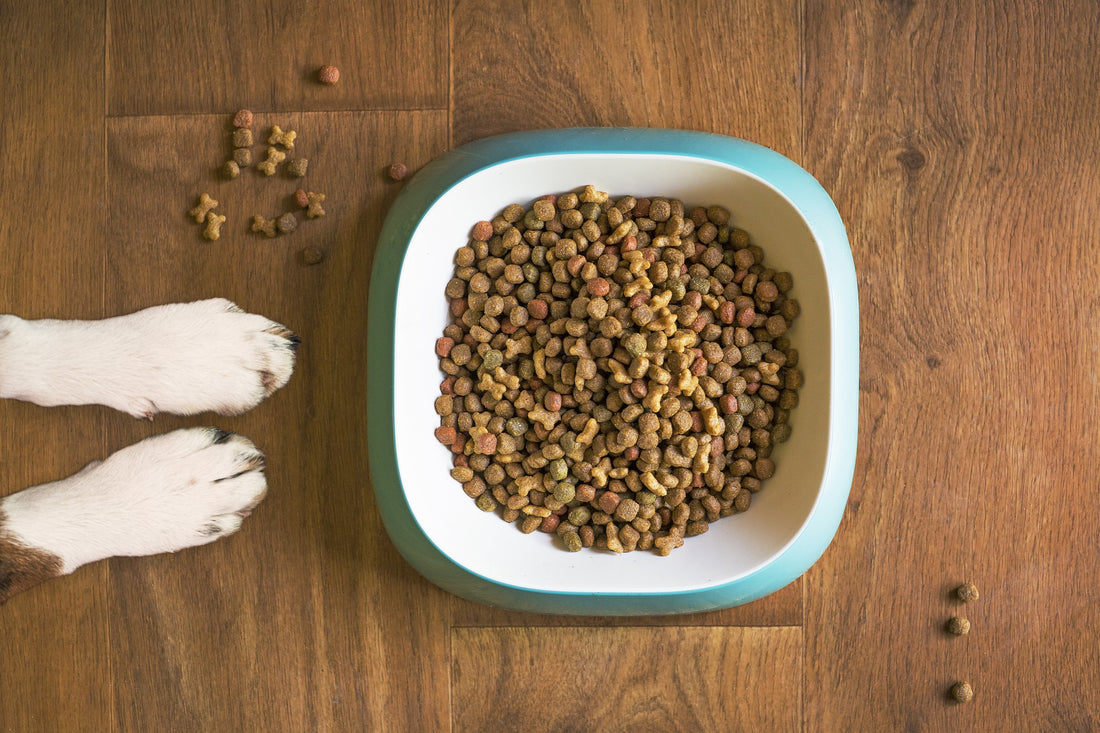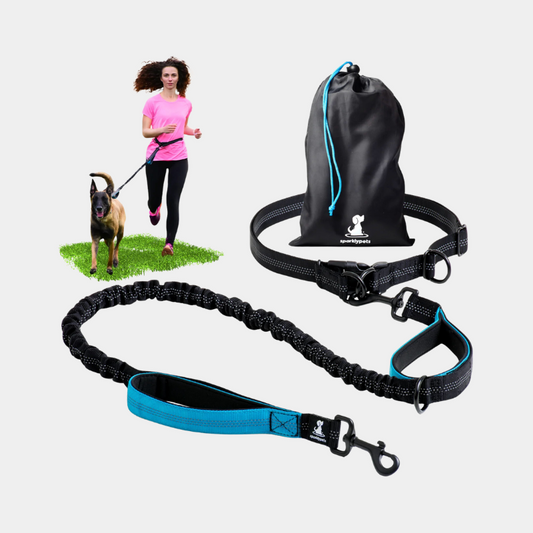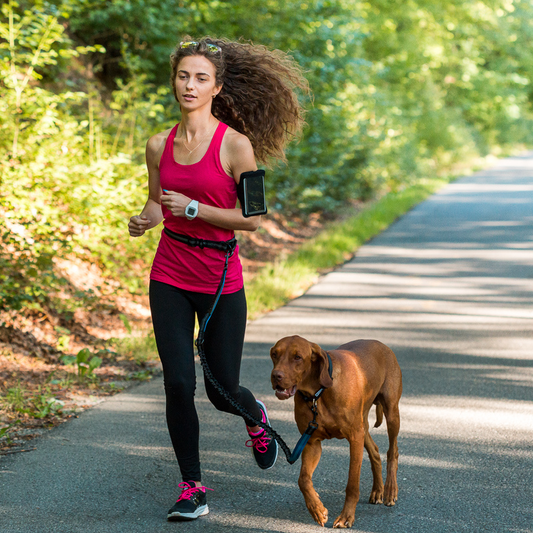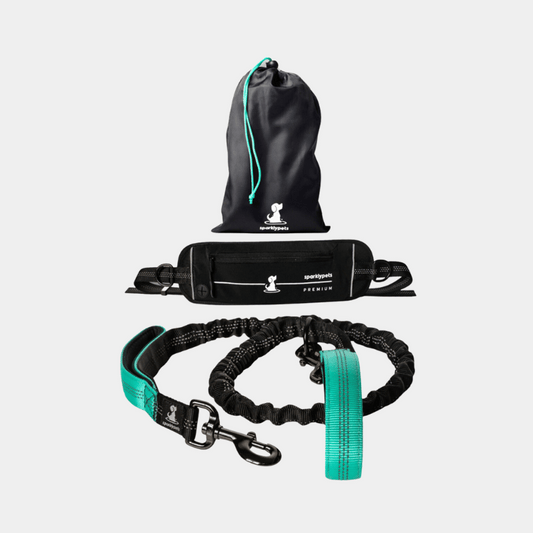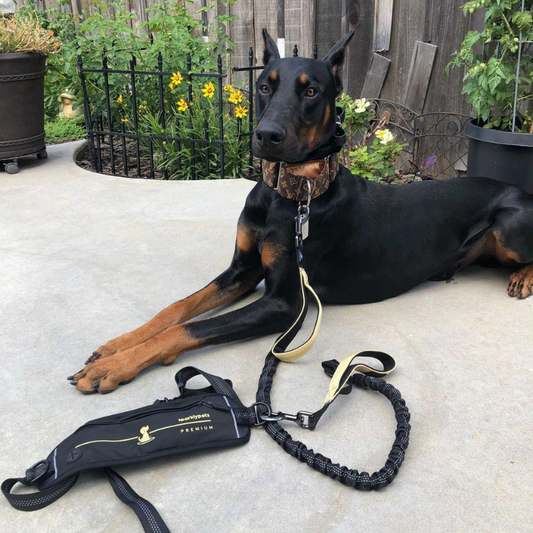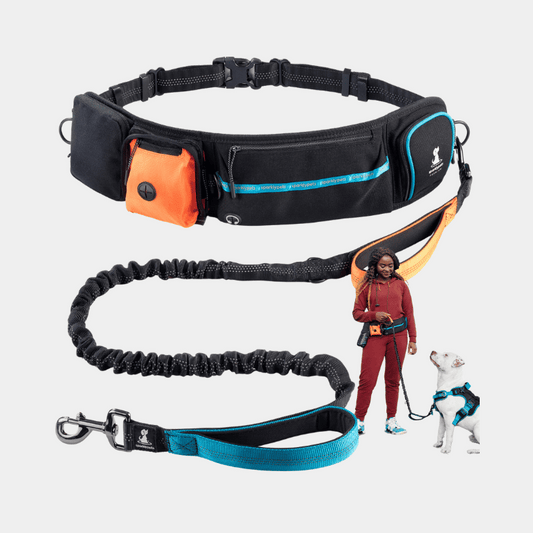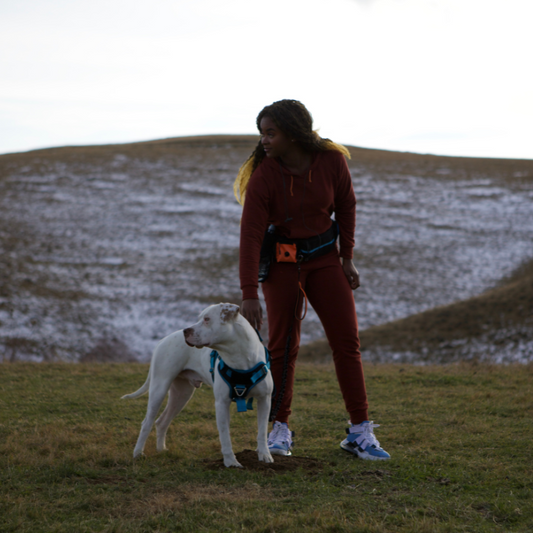There are so many brands of pet food out there that it can be difficult for owners to make the best choice for their dog, and not just when it comes to flavor, but also the type of food you’re feeding your pet. Between kibble, wet food, and home-cooked meals, how can you ensure your pup gets the best nutritional value out of its diet? We’ll explore what you need to keep in mind when choosing your dog’s diet in this article.
Before diving into it, keep in mind that every dog is different and their needs are just the same. So, when it comes to picking the best food for your dog, ideally, you should consult with a vet, to make sure your pup gets all the needed nutrients for its specific needs.
A Dog’s Age
As with humans, different age groups have different needs when it comes to food. A puppy will have a bigger energy requirement and will need multiple smaller meals a day to fulfill that, whereas a senior dog will have nutritional requirements based on different illnesses they may have.
More specifically, for puppies, take into account the need for a higher calorie count and protein in food. As your pup grows, it will need a lot of nutrients and protein along with vitamins and fatty acids to ensure good development. Think of it this way: this is the time your puppy develops his bone structure, muscles, teeth, and overall body. It’s also the time your puppy consumes more energy, as it plays, runs around, and chews stuff. The food you feed it needs to cater to all those needs.
For adult dogs, it’s best to cut back on the calorie count a bit, and also on the protein, while maintaining a diet that is rich in fiber, vitamins, calcium, minerals, and fatty acids. This way, you can prevent dog obesity which could cause your pet severe illnesses that could potentially cut his life short.
On the other hand, when it comes to a senior dog, the best diet is one that is high in protein and fiber, but low in calories, as an old dog won’t burn as many calories throughout the day. Also keep in mind that at this point in its life, your dog may have dental issues or digestive issues, so avoid any foods that could trigger discomfort.
A Dog’s Size
When choosing your dog’s diet, also keep in mind their size. A bigger dog will not only require different quantities, but also different combinations of nutrients.
Smaller dogs have a higher metabolic rate, meaning they consume calories faster than larger dogs. This means that you’ll have to adjust the caloric intake of each meal differently.
Medium-sized dogs have a slower metabolic rate than small dogs but still higher than large breed dogs. That means you need to consider the amount of protein and fatty acids in their foods but also the number of vitamins and minerals.
Out of all, large dogs have the lowest metabolic rate. However, they are among the most active and need a nutrient-packed food to sustain this. Make sure your large dog’s food includes heaps of protein and fiber, but also carbs and vitamins, to keep everything balanced.

Any health concerns
If you are aware of any health concerns regarding your dog, keep them in mind when considering their diet. This is especially true when it comes to food allergies or digestive issues. For instance, if you know your dog to be lactose intolerant, avoid offering foods that contain lactose, as they could give your dog an upset stomach.
In fact, there are a few foods you should avoid feeding your dog altogether.
Especially when it comes to this factor, pay close attention to any advice from your vet, as the diet you feed your pup may help ease the symptoms, but also worsen them if it’s not properly adjusted.
A dog's activity level
We’ve mentioned this above as well, but we feel that this factors in so much that it needs to be stated on its own. So, when you are considering different food options for your dog, make sure you take into account how active your pet is.
For example, if you find yourself taking your dog on hikes or runs with you, you may need to consider a higher caloric intake for your dog, one that’s full in protein, vitamins and minerals, along with plenty of water.
On the other hand, if you mostly take your dog on walks around the block every now and again, a lower calorie level is needed, while still taking into account a balanced diet with enough vitamins and minerals.
In the end, it’s all about making an informed choice, based on the needs of your pet. Take into account all of the factors from above and ask your vet for assistance wherever needed. Learn to read the labels on commercially available foods if you’re planning to purchase kibble or canned food. If, however, you plan on feeding your dog home-cooked food, make sure you consider the nutrients each ingredient has, together with the calorie level they have. Keep in mind the quality of the ingredients you use (human-grade meat for instance, as opposed to lower quality meats that are usually fed to animals) as well as the cooking method (avoid cooked bones, as they can splinter and cause tears in your dog’s intestines) and the spices you use (a bit of salt is fine, however, steer clear of any garlic, onion or chilli) when cooking for your dog.

